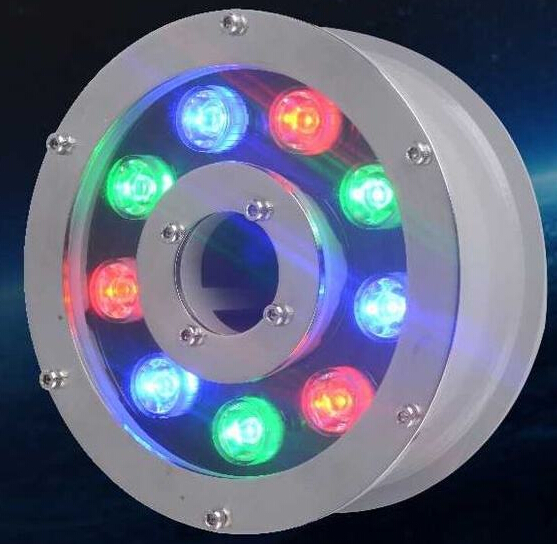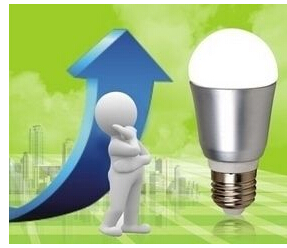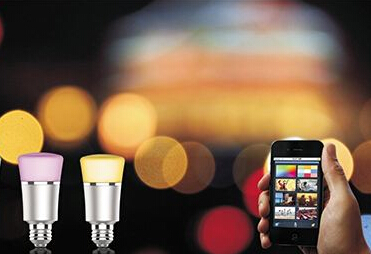According to relevant data, the global smart lighting market is expected to be US$6 billion in 2018, and the average annual compound growth rate will exceed 20% from 2018 to 2024.
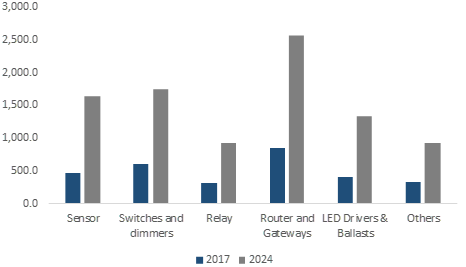
Smart lighting market size in 2017 and 2024
The continuous increase in demand for energy reduction in the residential and industrial sectors is a major feature of the continuous development of energy-saving lighting systems. Energy-saving LED lighting systems can reduce energy costs for residential customers, thereby reducing the impact of increasing tariffs on them.
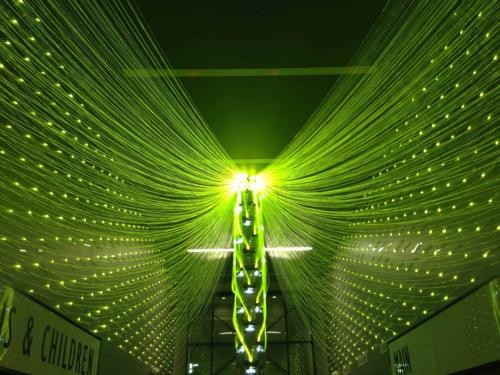
For industrial customers, these lighting systems can reduce power supply costs and reduce peak loads. Initiatives by governments around the world to develop smart cities are a major factor in the growth of smart lighting solutions. It is expected that the connected lighting system will become one of the most important components of the smart city infrastructure, mainly to achieve the project's sustainable development goals. As the lighting system continues to optimize urban energy consumption, the self-sustainability and growth of the urban economy can be greatly accelerated.
From a component point of view, smart lighting products began to dominate the market in 2017 due to the large-scale installation of lighting systems in the residential and commercial sectors. It is mainly driven by the advantages of the convenience of remotely operating smart lighting and the customization options available for lighting systems. As companies have been launching new products for the residential market, it is expected that the number of these installations will increase significantly during the forecast period.
In the product market, it is expected that the luminaires will have the fastest adoption rate during the forecast period; due to the rapid development of smart light bulbs and lighting technology, they will eventually occupy the main share of the intelligent lighting market in 2024. As companies offer a variety of innovative smart light bulbs and luminaires at competitive prices, it is expected that these fixtures will rapidly increase from 2018 to 2024.
In 2024, the wired lighting technology field in the intelligent lighting market is expected to occupy more than 60% of the market. Because this technology can provide high reliability and control of the lighting system, the demand for different modes (such as DALI and PoE) may increase significantly between 2018 and 2024. On the other hand, advancements in wireless technologies such as Bluetooth, Zigbee, and Wi-Fi, and the increasing adoption of smart sensors for IoT in smart city applications are expected to accelerate the growth of the wireless communications technology market during the forecast period.
From the perspective of light sources, the LED segment is expected to dominate the smart lighting market by 2024, reaching more than 60%. Since LED technology has become a cost-effective and energy-efficient alternative to conventional incandescent lighting systems, the use of LED bulbs has increased rapidly over the past five years. In addition, the LED market is expected to show a strong growth trend during the forecast period due to government subsidies and rebates for buying LED bulbs in countries including China, India and the United States.
From an application perspective, due to the high popularity of networked lighting systems, especially in residential and commercial applications, indoor lighting applications accounted for the dominant share of the smart lighting market in 2017. As customers in the residential market become more aware of the benefits of smart lighting systems in reducing electricity bills, the demand for such lighting solutions from home and building automation systems may grow rapidly during the forecast period.
From 2018 to 2024, the annual average annual compound growth rate of the outdoor lighting market is expected to exceed 25%. The main characteristic of rapid growth is the growing global demand for smart street lighting systems. Since these systems can intelligently turn on/off the lighting system according to the traffic and the availability of natural light, significant energy saving effects can be achieved through deployment. Smart City projects can also benefit from these smart lighting fixtures to achieve their energy security and sustainability goals.
From a regional perspective, the European regional market is expected to account for the largest share of the global smart lighting market in 2024. Most of the reasons are attributed to a large number of ongoing smart city projects, the deployment of smart lighting systems by the government, residential and commercial sectors, and the strict energy efficiency requirements of the government.
It is expected that in the forecast period, the intelligent lighting market in Asia Pacific will show the fastest growth rate. The government’s initiative to encourage the use of energy-efficient lighting systems is expected to be the main driver of growth in the smart lighting market in the region. For example, the UJALA program implemented by the Indian government aims to increase consumer awareness of the efficacy of energy-saving LED lamps. According to the plan, consumers can purchase LEDs through the EMI payment model.
future development
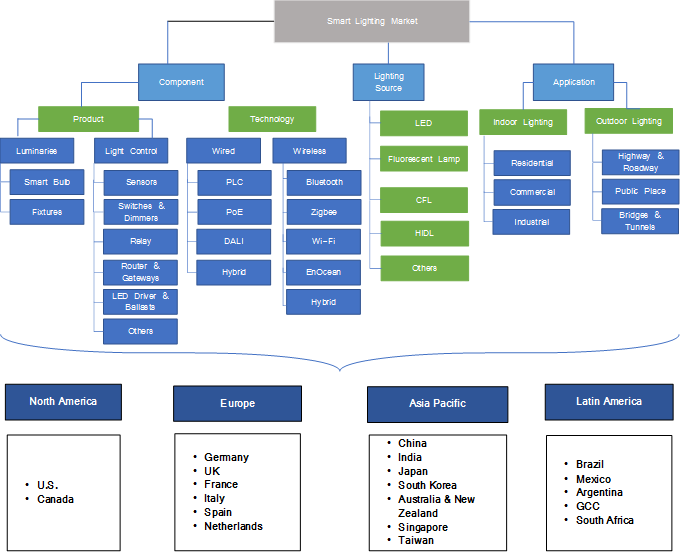
Smart lighting provides many key advantages for residential, industrial, commercial, and government sectors, including energy efficiency, reduced maintenance costs, enhanced asset security, and ease of use. Through them, users can remotely access the lighting system anytime, anywhere through smartphone applications. In a smart city infrastructure, operators can proactively predict the need for street lamp replacements and blackouts, and improve on-site efficiency. By leveraging features such as LED lighting, connectivity, sensors and controls, and analytics and intelligence, companies can successfully achieve the lowest power costs.
The main concern of companies in the smart lighting market is product innovation and new product development strategies. Major companies are investing heavily in the research and development of smart lighting technology to provide networked lighting solutions for home and building automation, smart cities, and smart street lighting applications. In addition, strategic cooperation to strengthen product development capabilities and increase regional market share also contributes to rapid innovation in the smart lighting industry.
















 RCCN WeChat QrCode
RCCN WeChat QrCode Mobile WebSite
Mobile WebSite